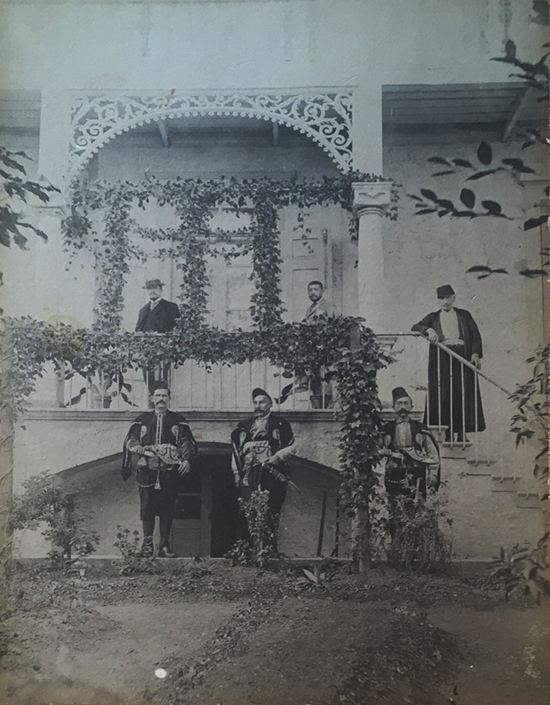
Ephemera
Gravier family of Constantinople photo album
These photos dated between 1900 and 1910 come from what appears to be French Levantines and like most photo albums they show family members and close friends in times and spaces of relaxation not too unlike modern in-family photography. This might give the later observer like us a false impression of how much free time and a sense of a gilded life-style by the alluring waters of the Bosphorus. But what is inescapable is a landscape that is not at all crowded and the combination of clear business opportunities and a peaceful backdrop of a country seemingly distant from European rivalries - the horrors of the nearby Balkan Wars was yet to erupt - made life for the privileged sweet. For now we know next-to nothing about this family. This battered photo album was sold in April 2019 on an auction site from a dealer based in France for 2000 euros!
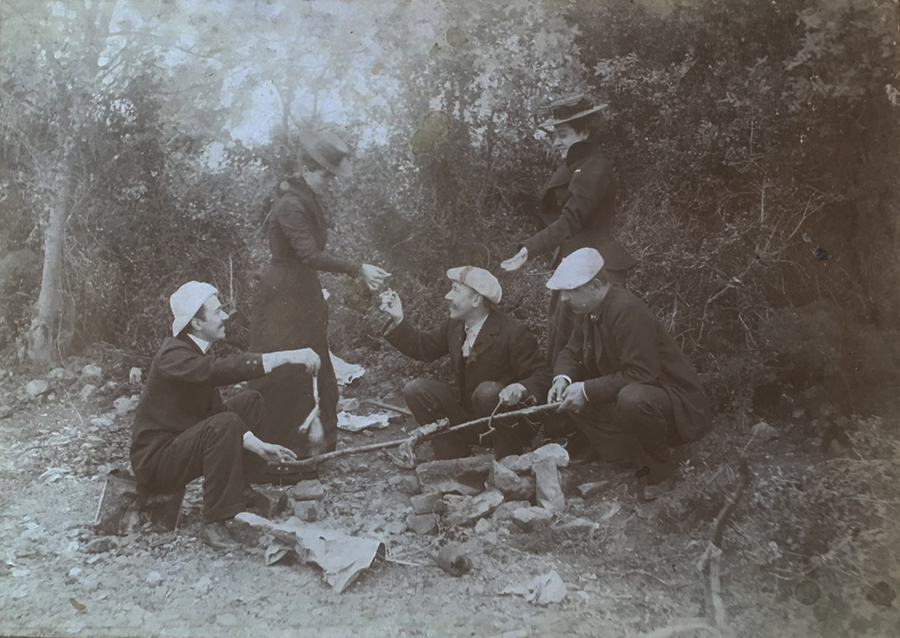
Captioned Constantinople around 1905. In arrowed captions, man on the left Armand Gravier and middle man Casimir Gravier.
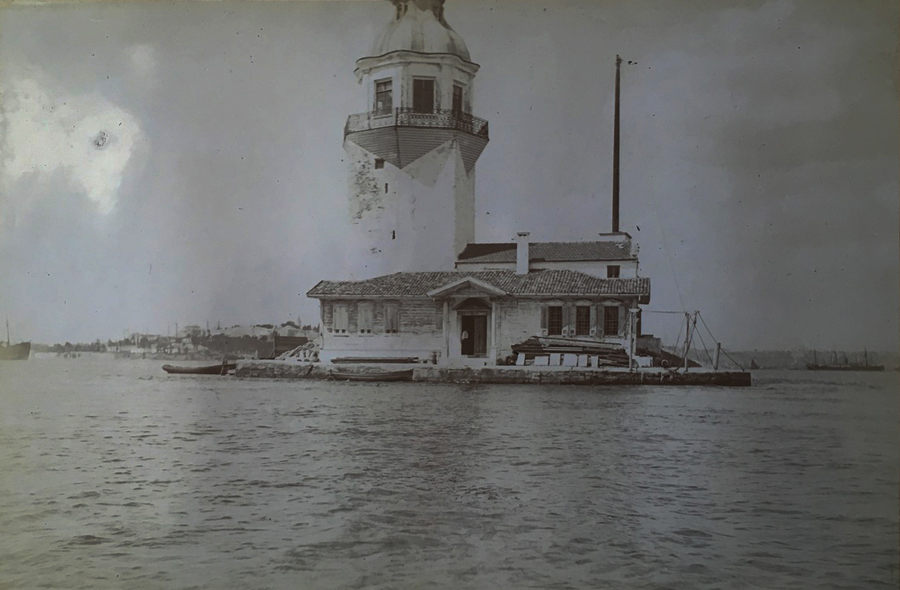
Leander tower light-house.

‘Casimir & Alfred se font dire la bonne-aventure’ (Casimir & Alfred with a fortune-teller) - a pair of local women visiting the Gravier household with what appear to be bean or similar seeds perhaps as a way to divine fortune. Around the photo arrowed annotation points to ‘Casimir’ on the rocking chair and the elderly man marked as Alfred Gravier as grandfather - so probably pointing to the marker being his grand-daughter/son - and also indicating this is the Gravier house in Constantinople. Alfred Gravier was born in 1836 in Therapia, Constantinople, son of Joseph Gravier & Rosalie Crespin. He was a foreign exchange broker. He died in 1899, aged 62 in Kadiköy, Istanbul. The lady seated in between maybe his wife Marie Victorine nee Pierlot - genealogical information courtesy Marie Anne Marandet.
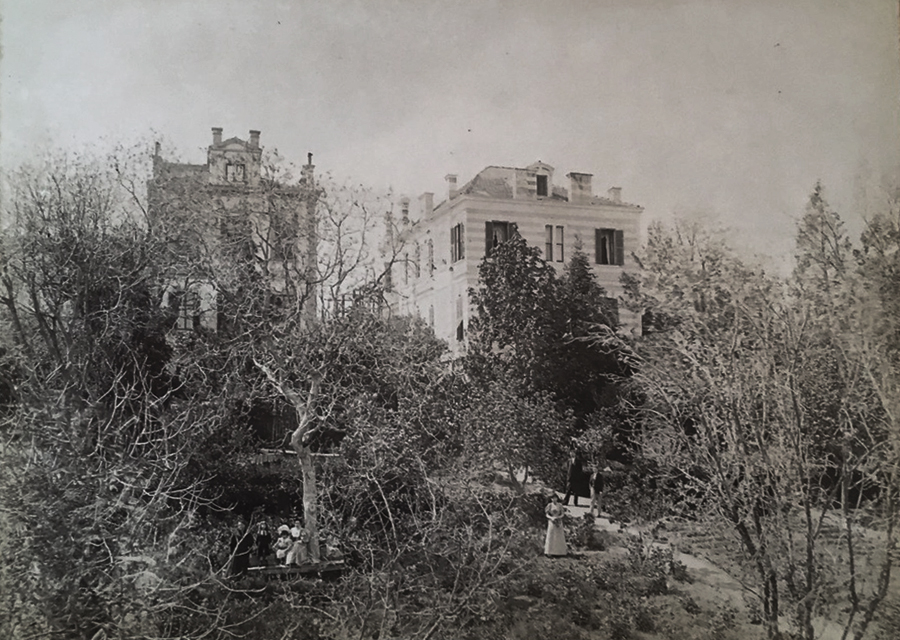
The building on the right is indicated as the house of grandfather Gravier, clearly looking from the garden end.
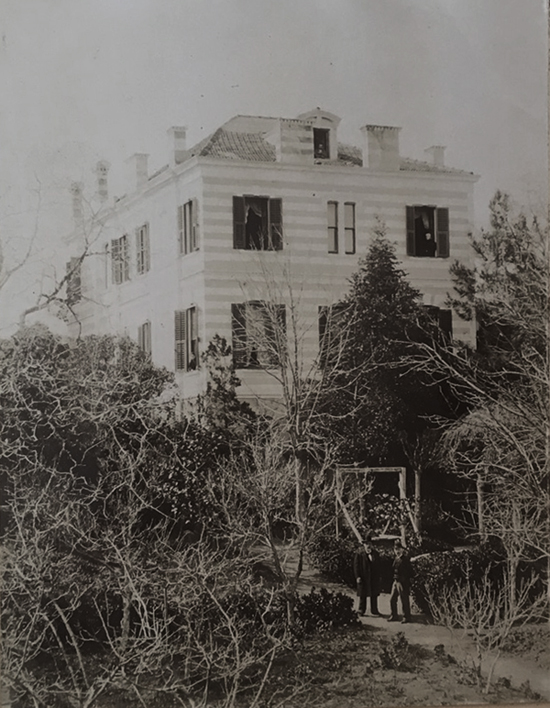
According to the researcher Osman Öndeş this building clearly no longer stands but its disposition points it to be near / across from St Joseph Lycee - maps.
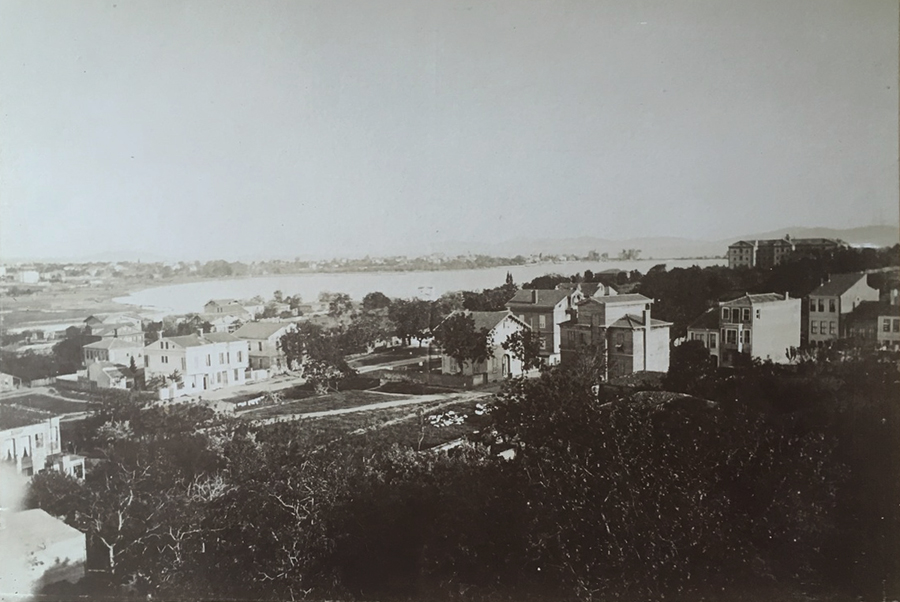
Uncaptioned - This pair of photos is possibly taken from the upper windows of Alfred Gravier property seen above: the above photo shows the French College of St Joseph of Kadıköy on the rise on the right, so looking East with housing spreading downslope towards Kurbağalı Dere and Kalamış with the Fenerbahçe peninsula in the distance. The photo below continues this pan now looking North towards Kurbağalı Dere with the central clump of trees in the mid-ground possibly pointing towards to the former Kurbağalı Dere - Yoğurtcu cemetery - photo analysis courtesy of Osman Öndeş.
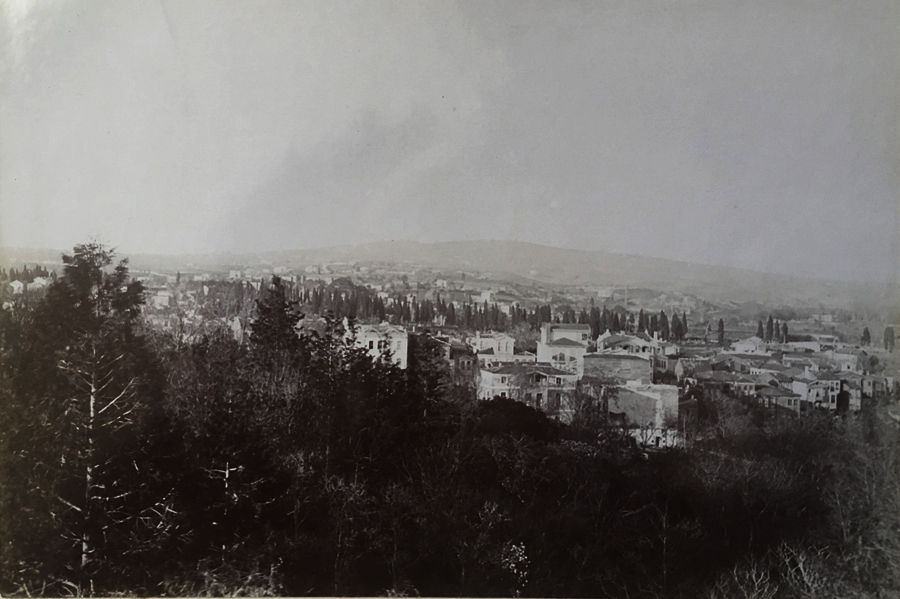
Captioned ‘?’
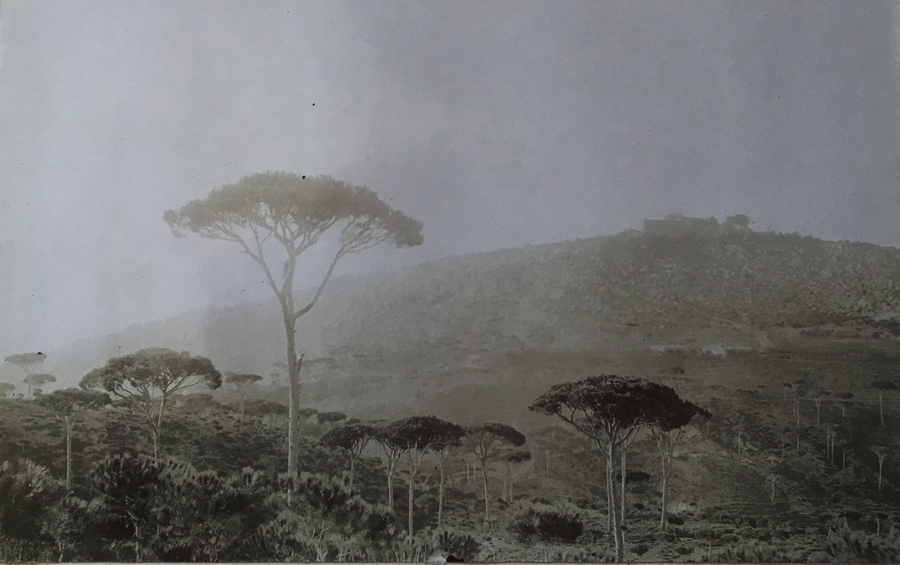
‘Environs de Constantinople’ - surroundings of Constantinople.
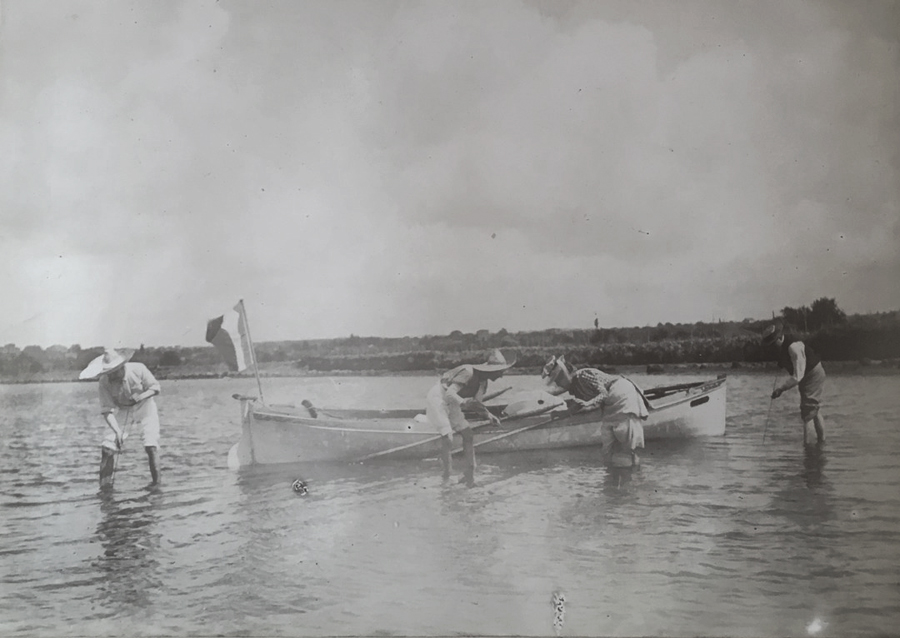
Captioned as fishing in the Bosphorus. The French flag suggests this was a family affair rather than the locals.
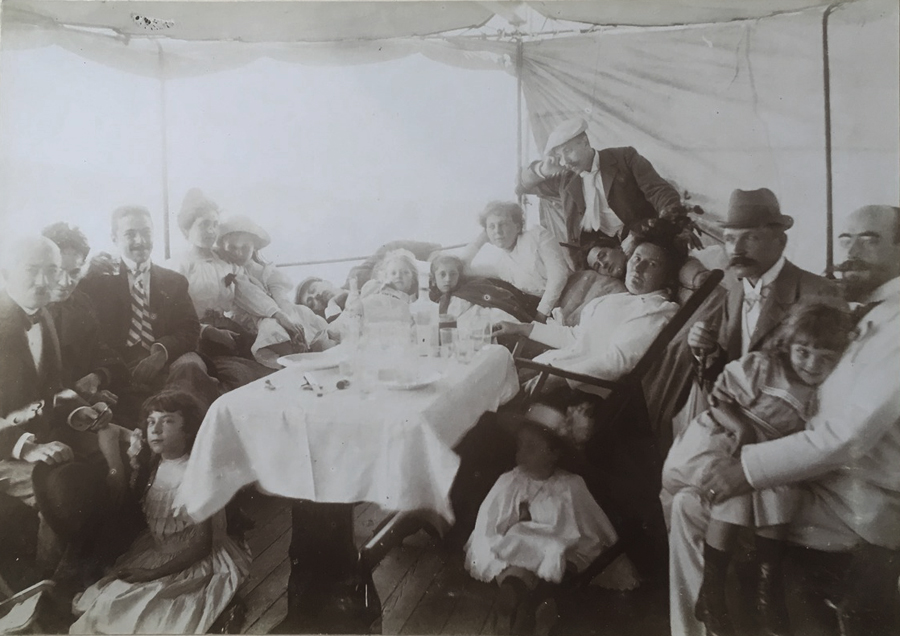
What appears to be a packed pleasure cruise. Man on the left with striped tie marked as Armand and 1900.
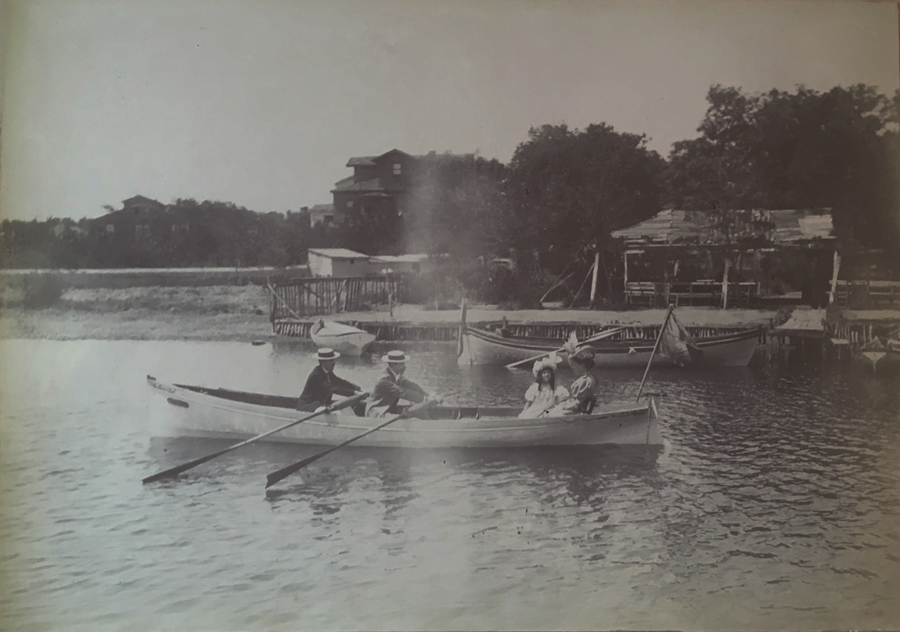
‘Canotage sur le Bosphore vers 1900’ - Boating on the Bosphorus circa 1900.
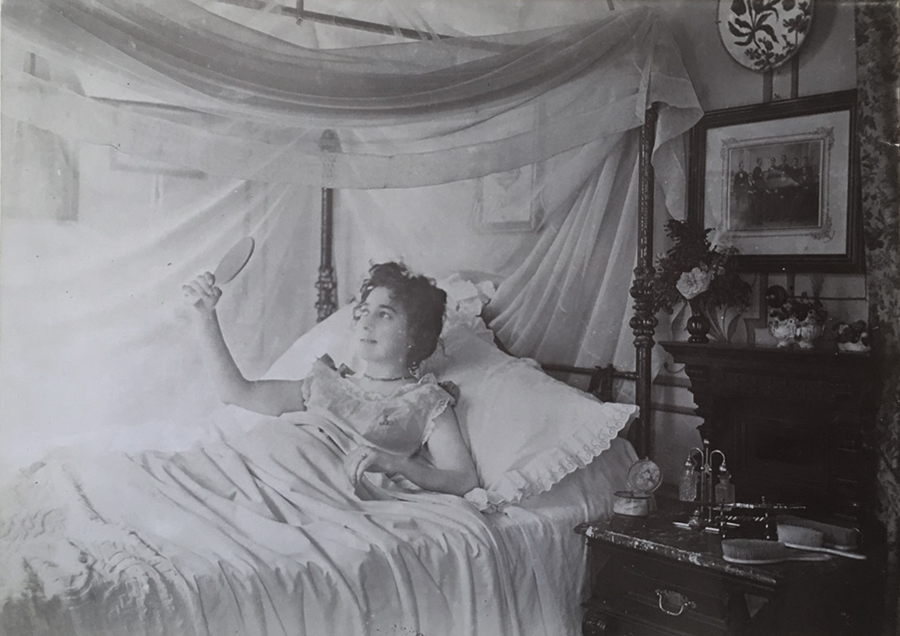
What appears to be a posed photo - caption: Rosa --- (sp?) nee Gravier, 1900.
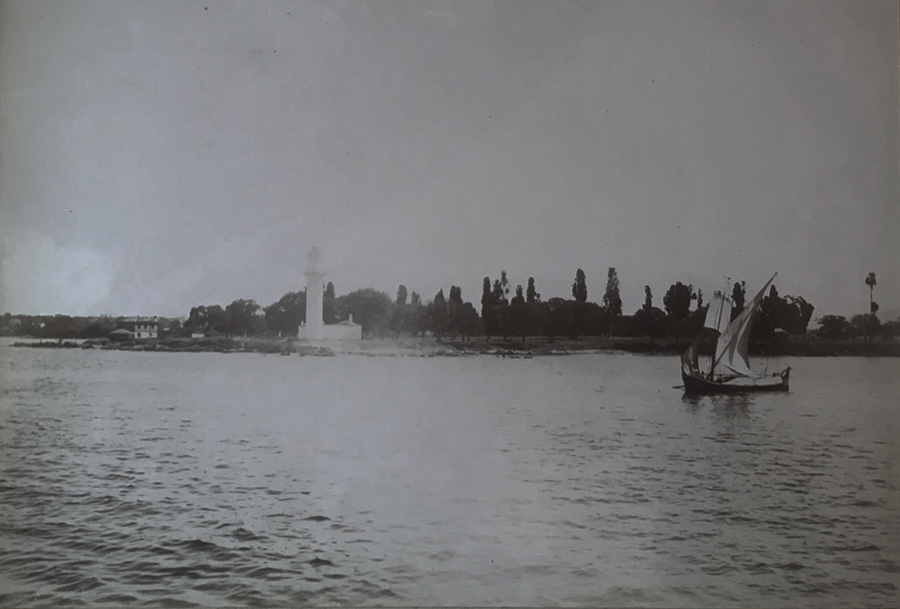
What appears to be the coastline of Fenerbahçe beyond Moda with its distinctive lighthouse.
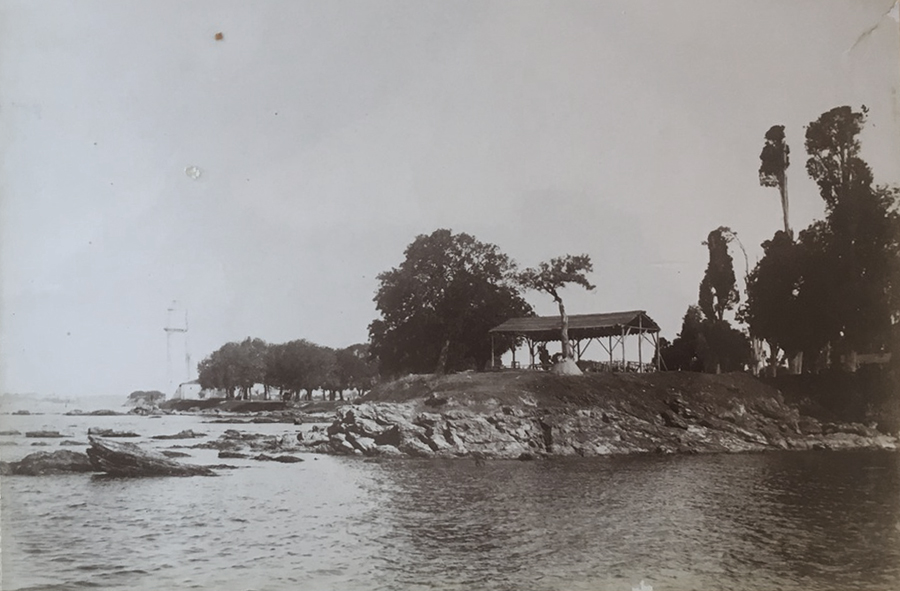
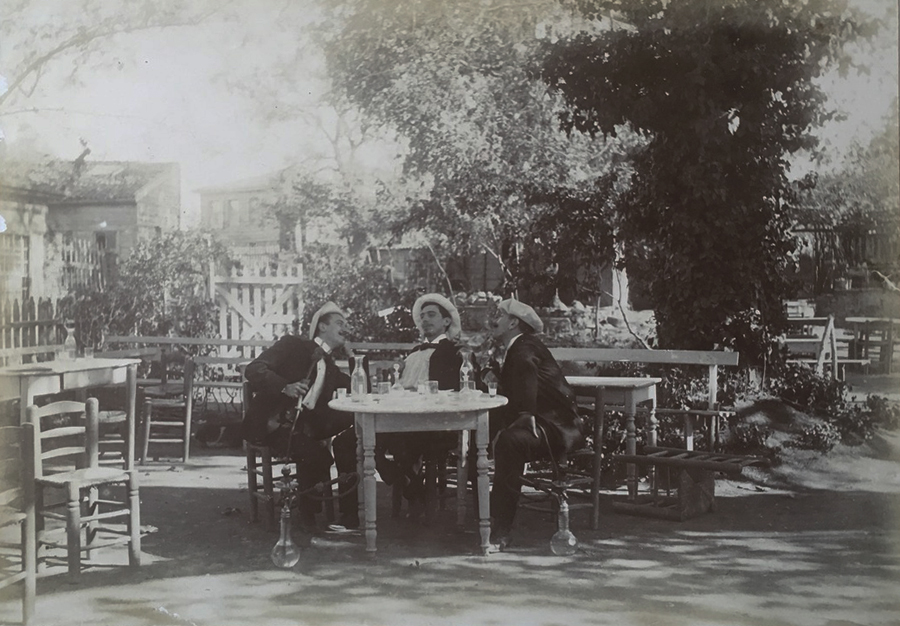
‘Environs de Constantinople le Raki et le Narghilé’ - around Constantinople the raki and nargile (smoking pipe)
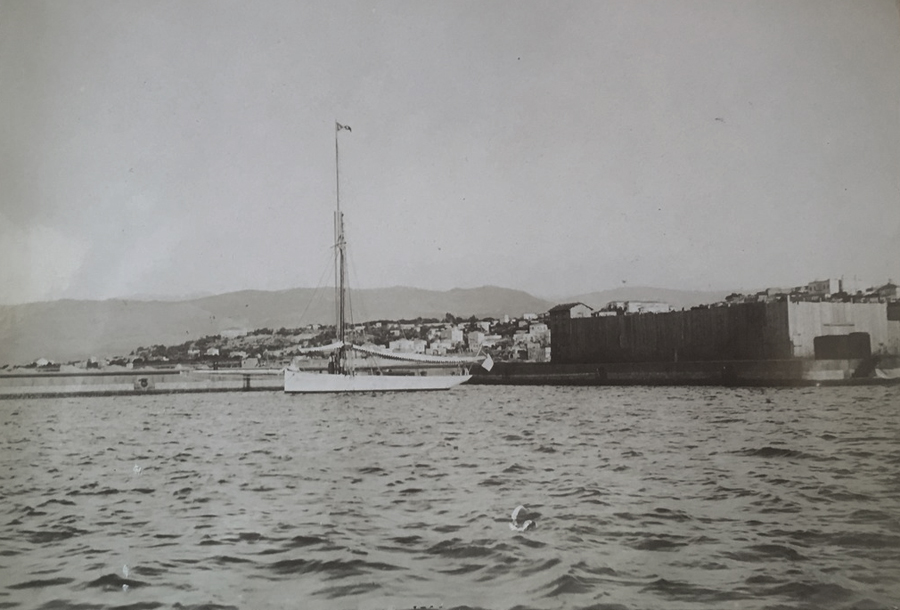
le « Lutin » appartenant aux 2 frères Gravier - ‘Le Lutin’ (= elf) belonging to the Gravier brothers, 1910. The 2 owners of the boat are Casimir (Louis Victor Casimir) and Armand (Charles Alfred Armand) born 1873 & 1879 respectively.
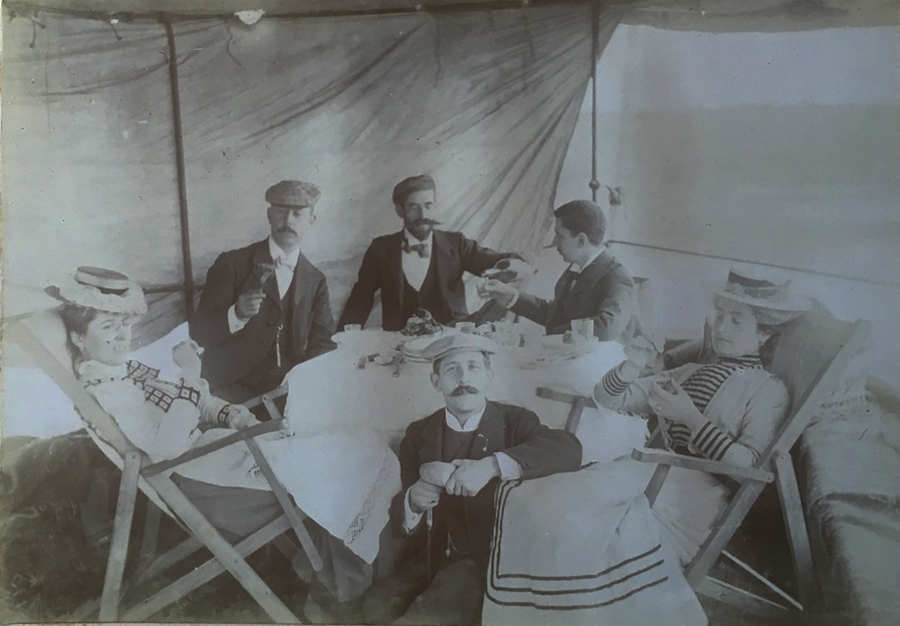
1900.
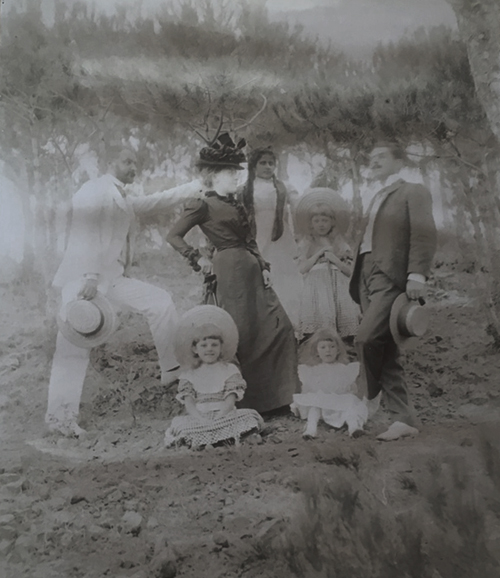
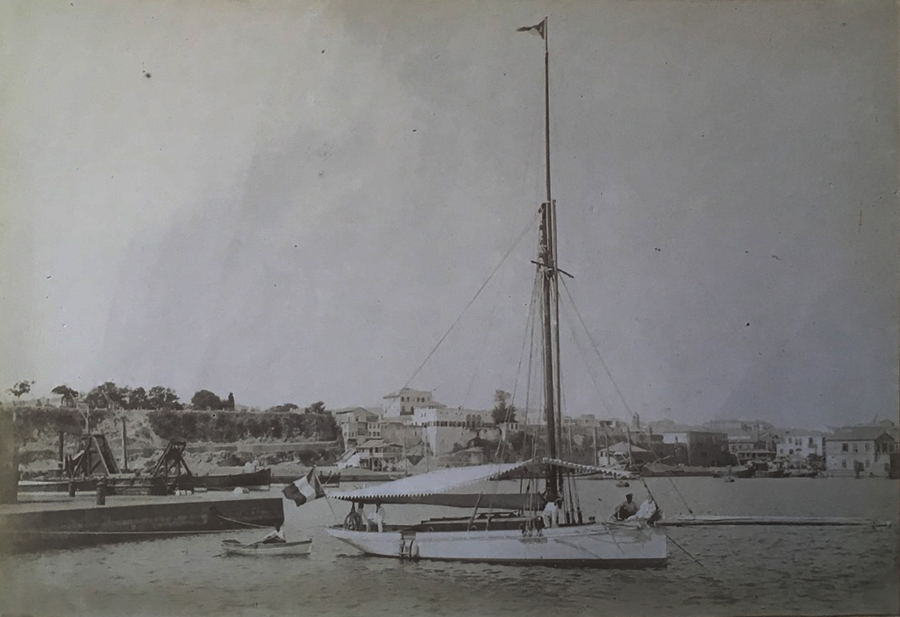
‘Le Lutin’ (sp?).
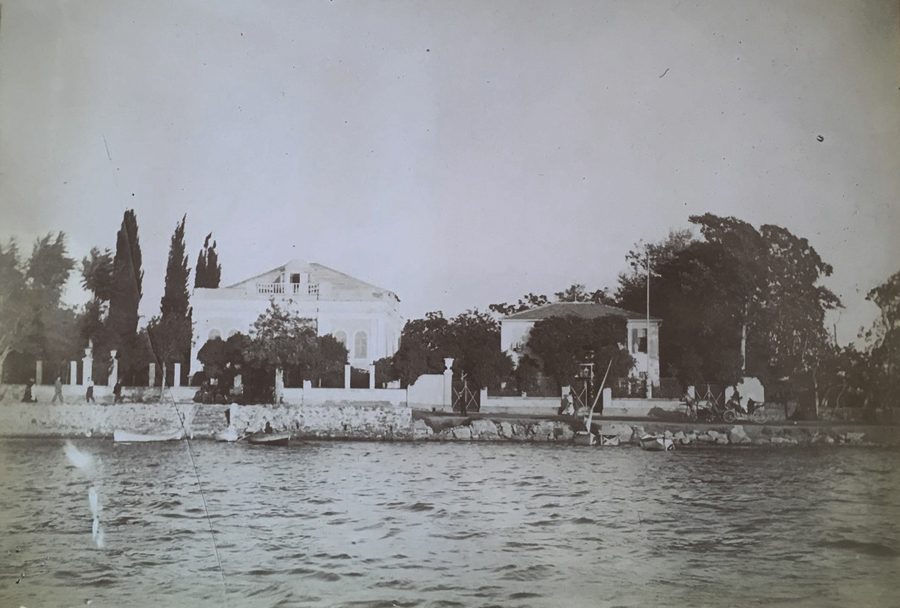
The house on the left is indicated as the Gravier property in Kadikeuy - in reality the eastern edge of Moda peninsula, by the edge of the brook ‘Kurbağalı Dere’ archive postcard image. This house may have been lived by the 2 sons of Alfred Gravier?
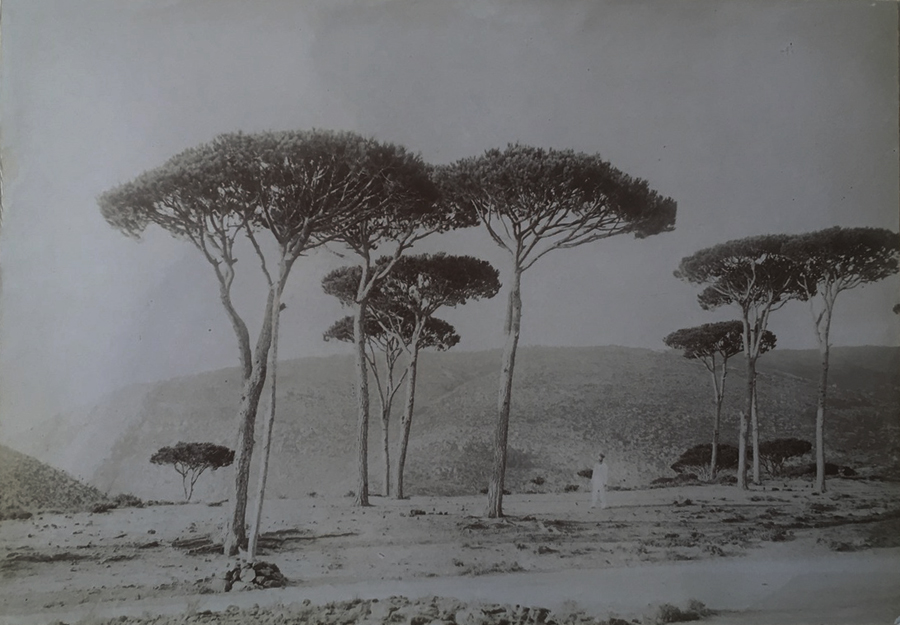
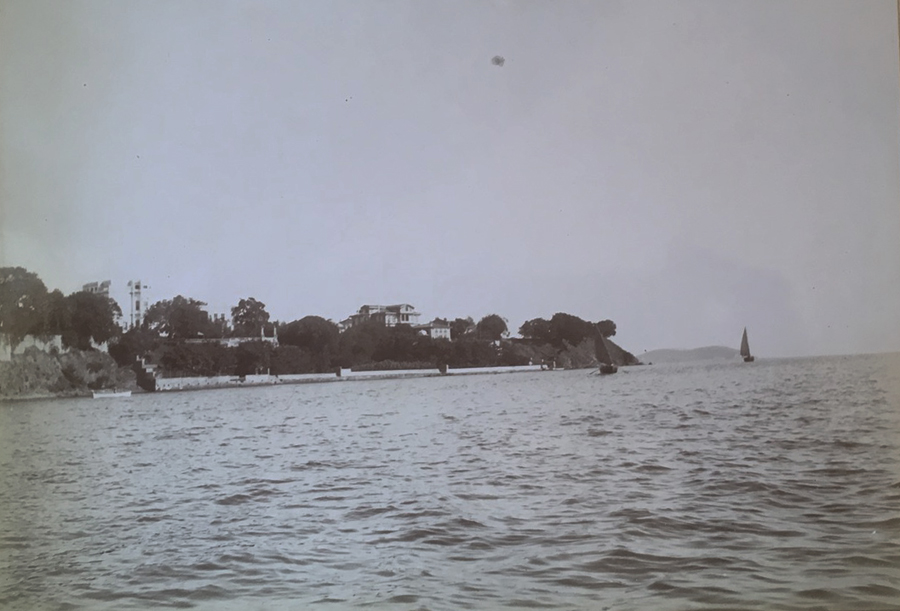
Captioned ‘View over the Bosphorus’ - it looks like Moda peninsula.
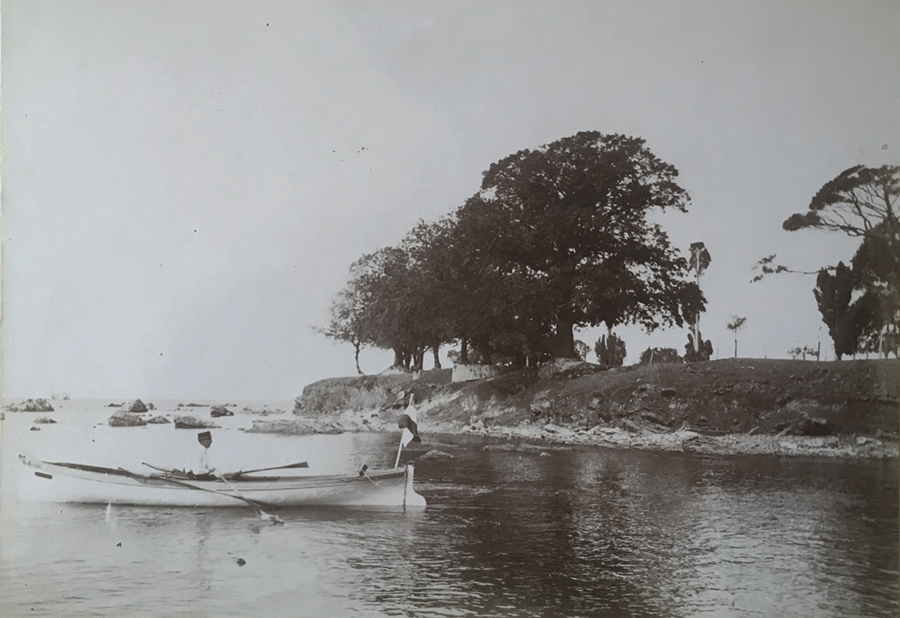
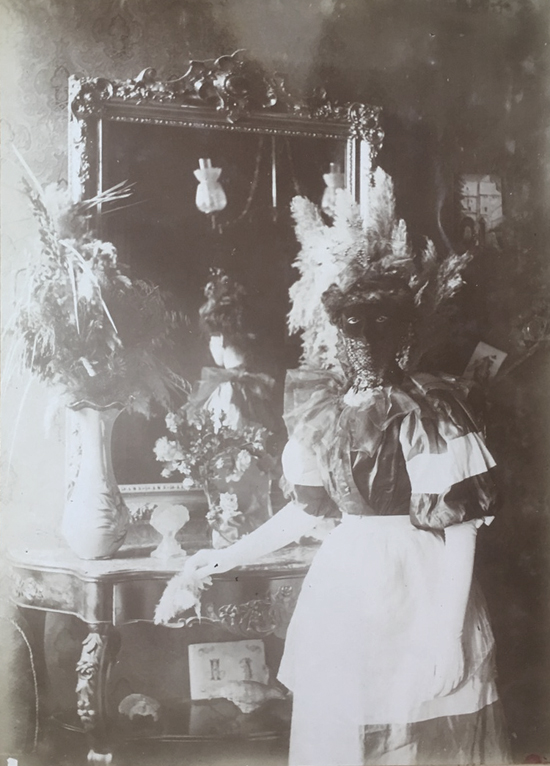
What appears to be the outfit posed before going to a masked ball.
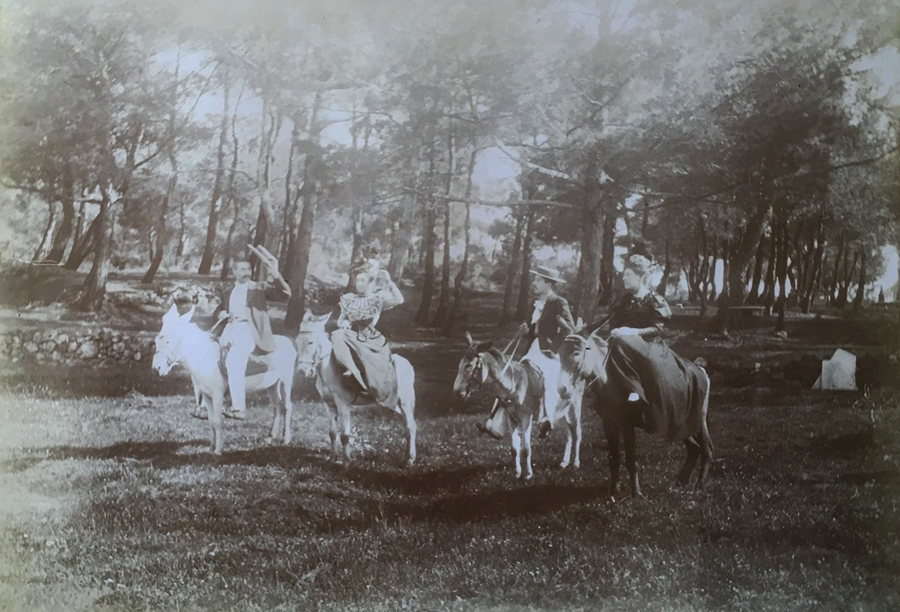
Donkey ride outing in probably one the main Prince’s Island though marked as ‘Isle Baudouy’ (sp?). Joseph Boudouy was a major Levantine developer of Prinkipo Island including the ferry pier in 1869 and promenade along the nearby shoreline thus fully opening the island to the visitors and migration of the city bourgeoisie.
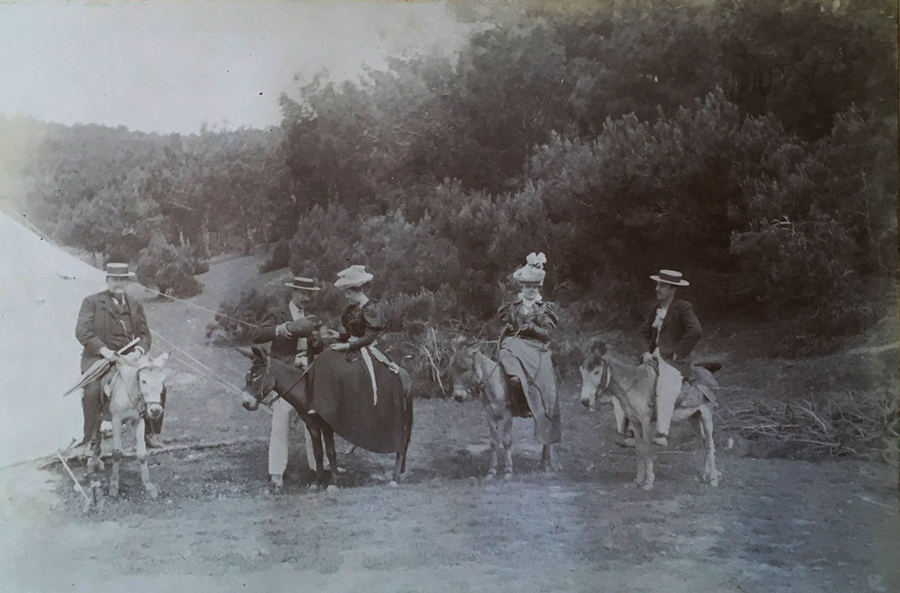
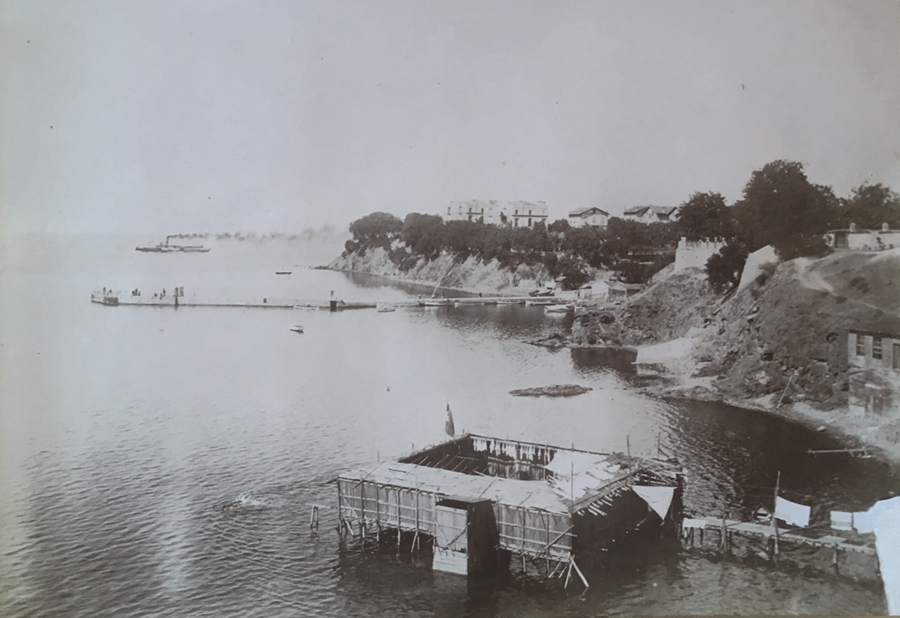
Captioned ‘Bathing cabin reserved for European ladies’, not quite correct as it would be a modesty facility for ladies of all ethnicities, but this being Moda Europeans back then would have been a sustantial perhaps majority of the local population.
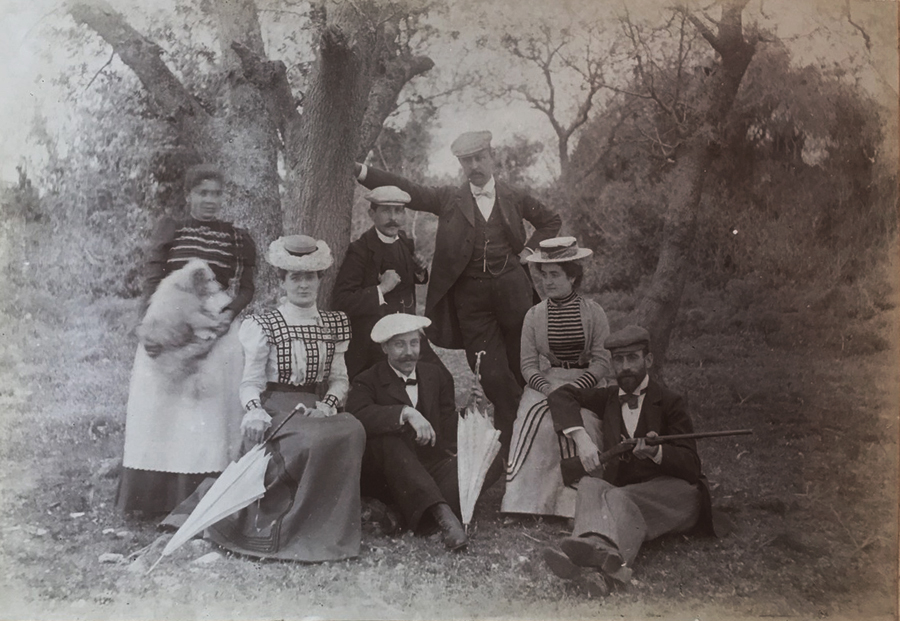
Around the photo arrowed annotation points to ‘Casimir’, sitting holding umbrella.
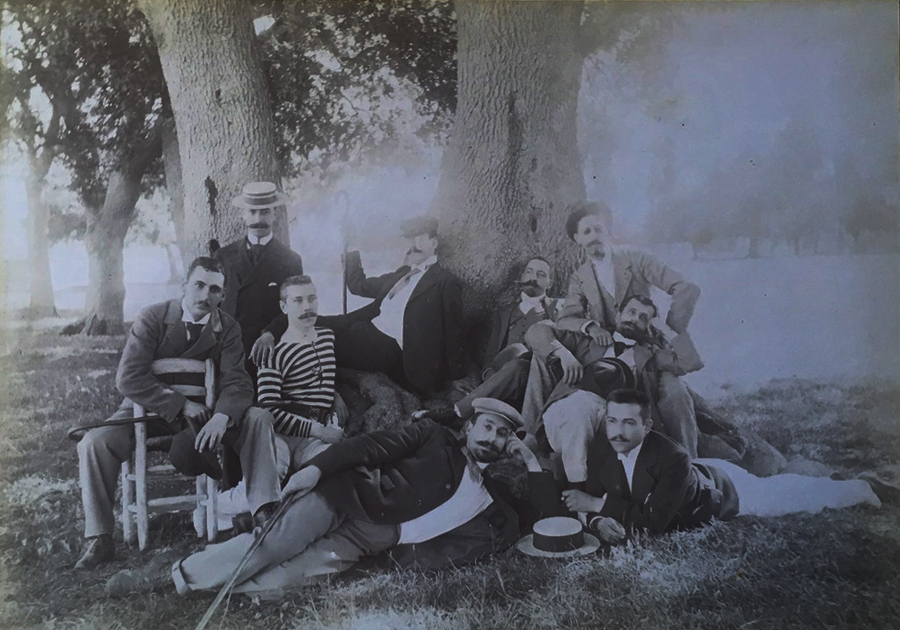
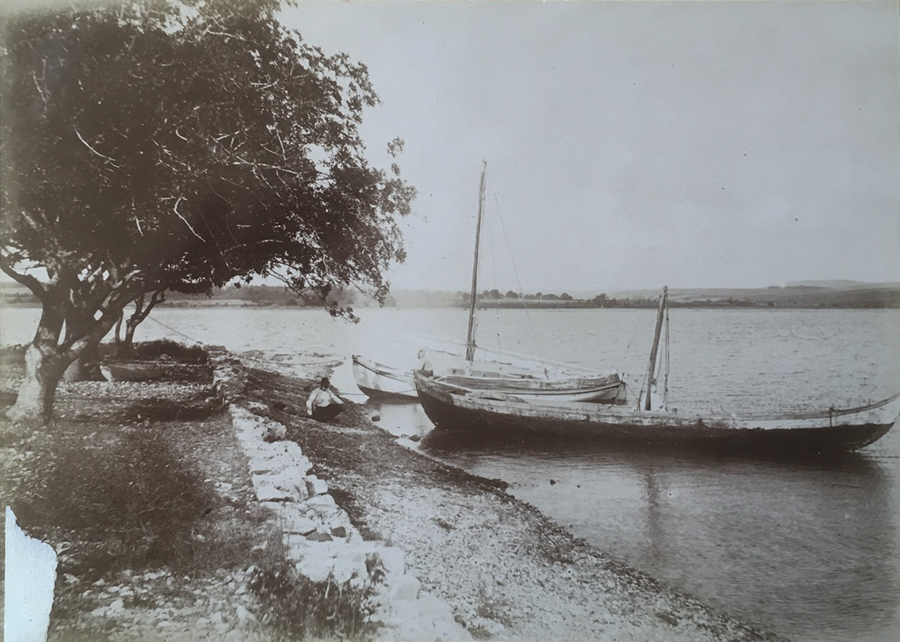
Uncaptioned
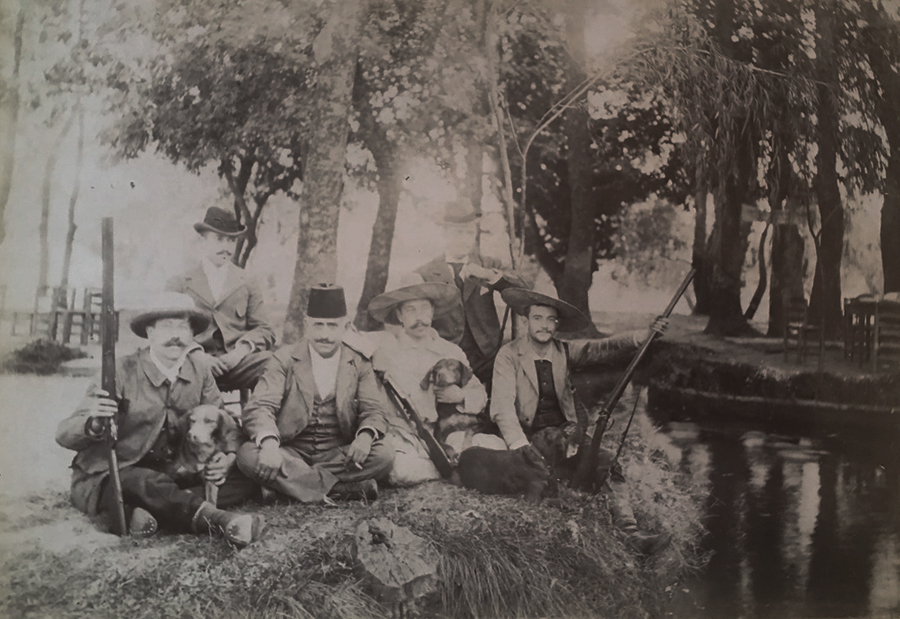
Captioned ‘After the hunt’ - arrow points to ‘Armand’, sitting in the middle with wide brimmed hat.
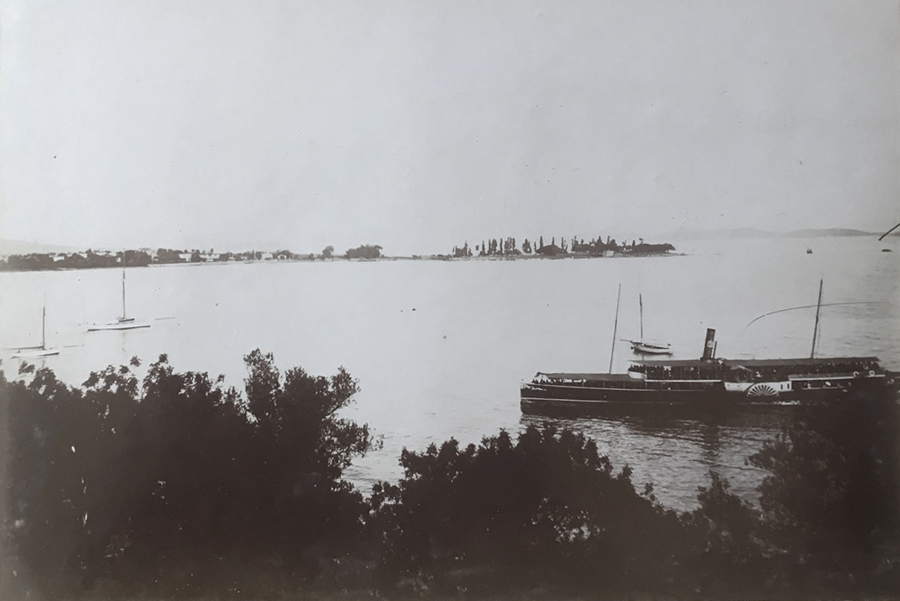
Uncaptioned - appears to show the bay of Moda with the peninsula of Fenerbahçe in the background.
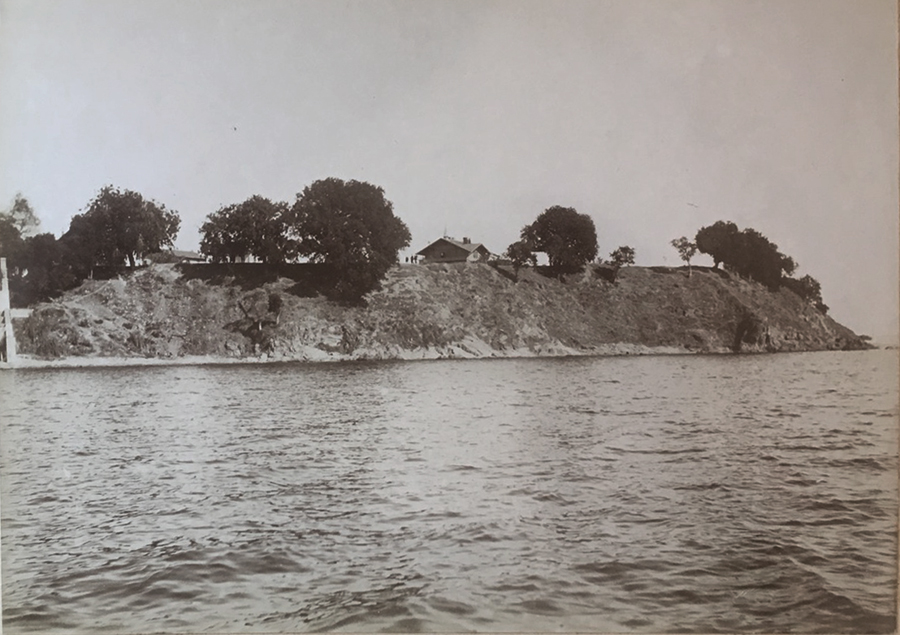
Uncaptioned - appears to show the peninsula of Moda with probably the distinctive Villa Wohl in the centre.
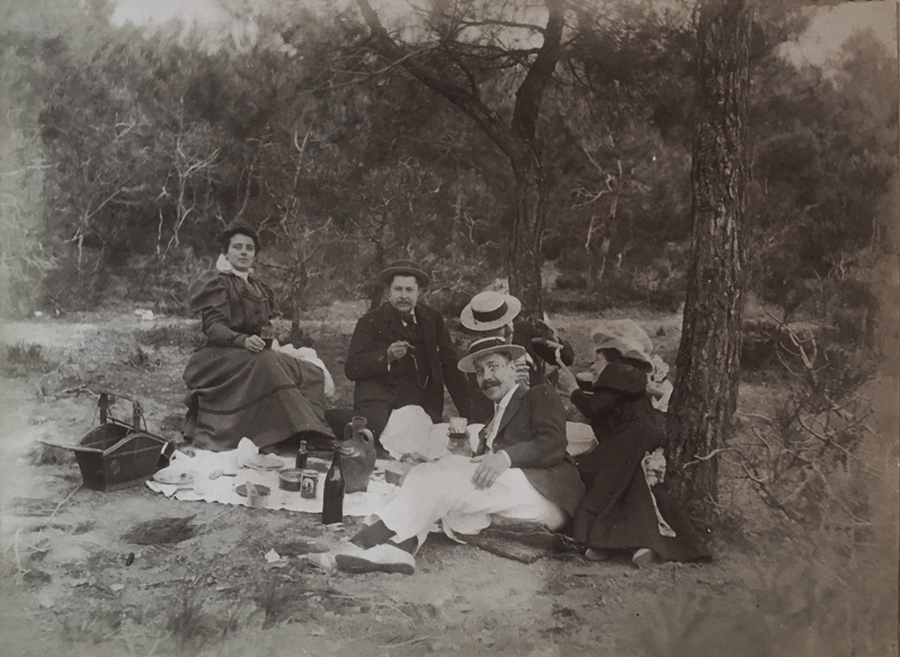
Captioned ‘picnic, 1900’
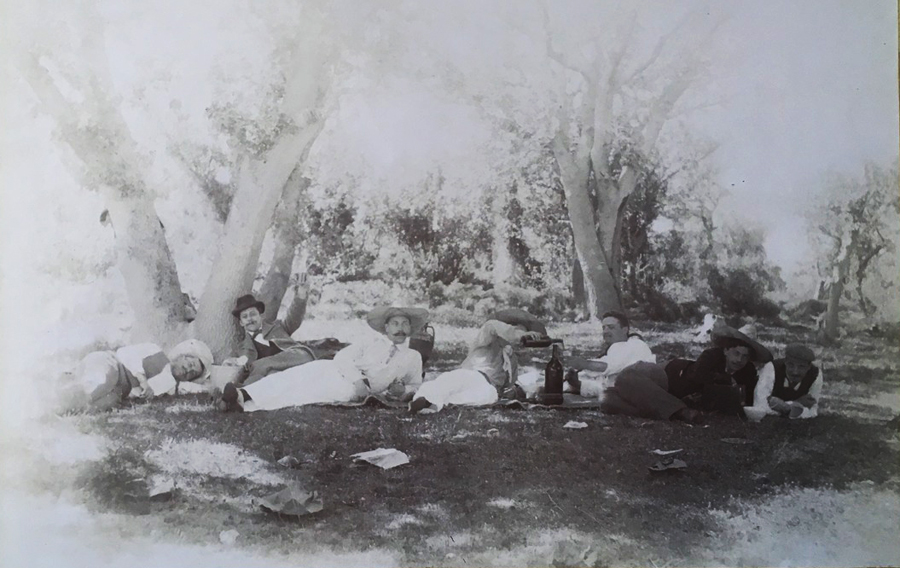
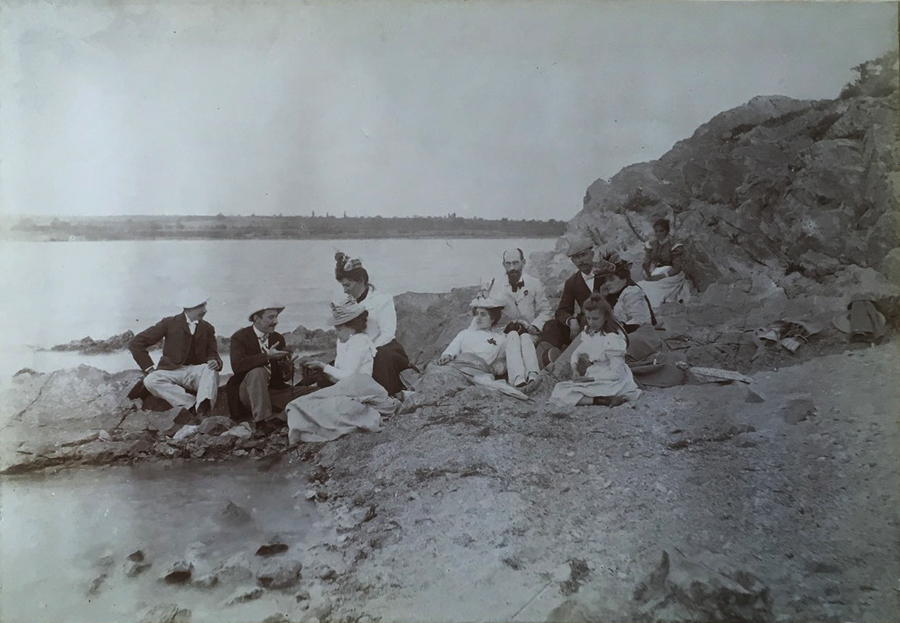
Uncaptioned - appears to show the tip of Fenerbahçe peninsula with the peninsula of Moda in the background
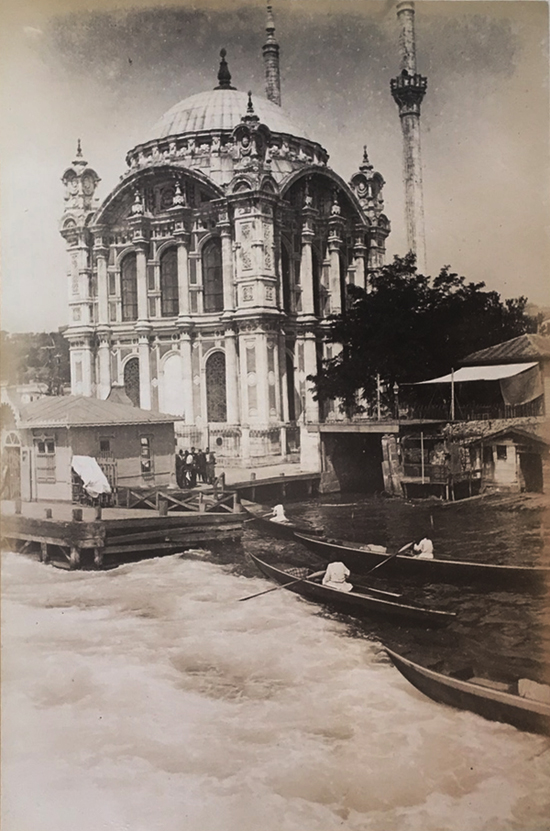
Captioned ‘mosque’, it is the Ortaköy Mosque.
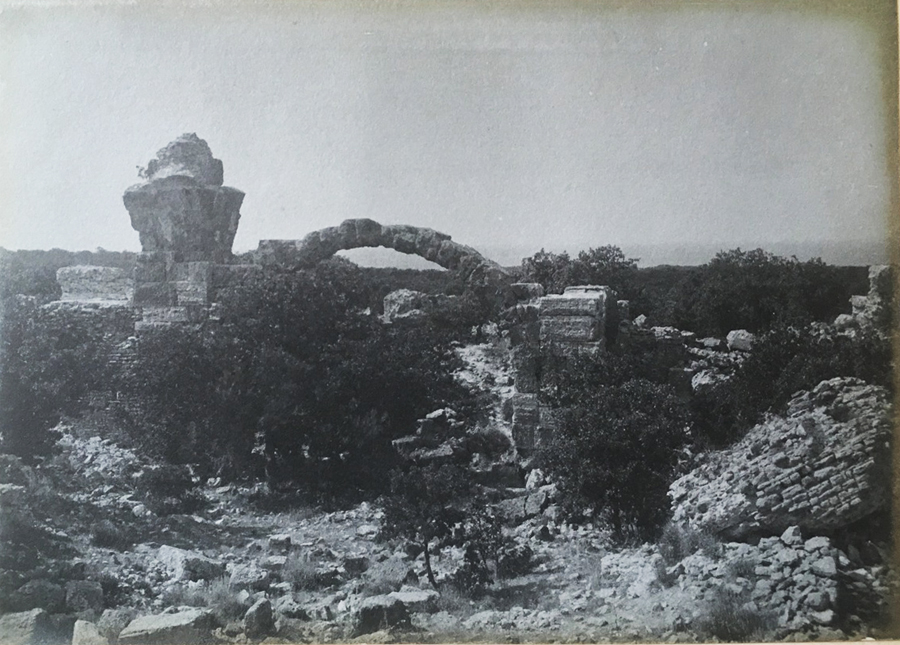
Captioned ‘Byzantine ruins’. In reality these ruins are earlier and are the hot-baths of the Roman period within the Alexander Troas classical ruins south of the Dardanelles - present day view:
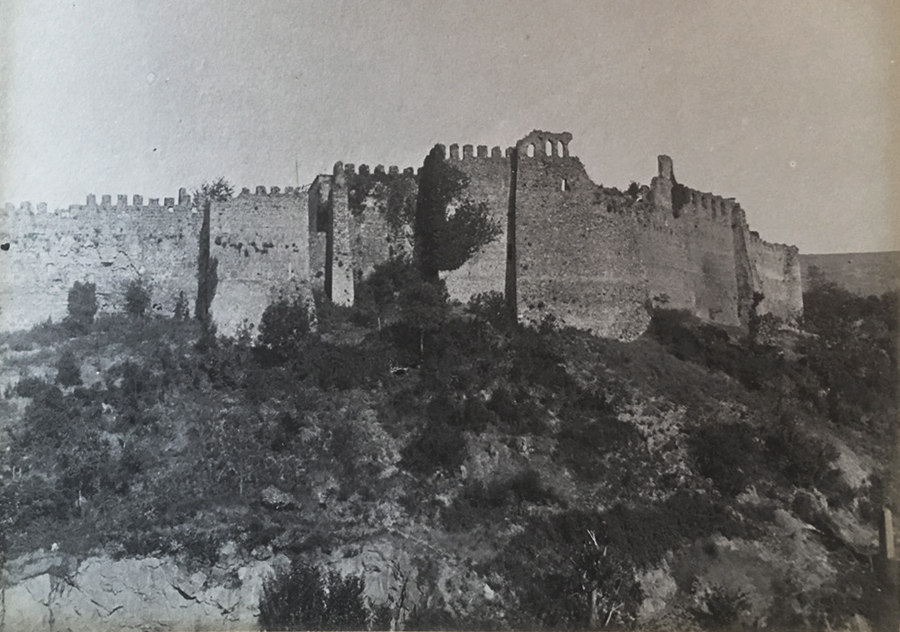
Captioned ‘Byzantine ramparts’. Appears to be upper section of Trabzon defensive walls - modern image.
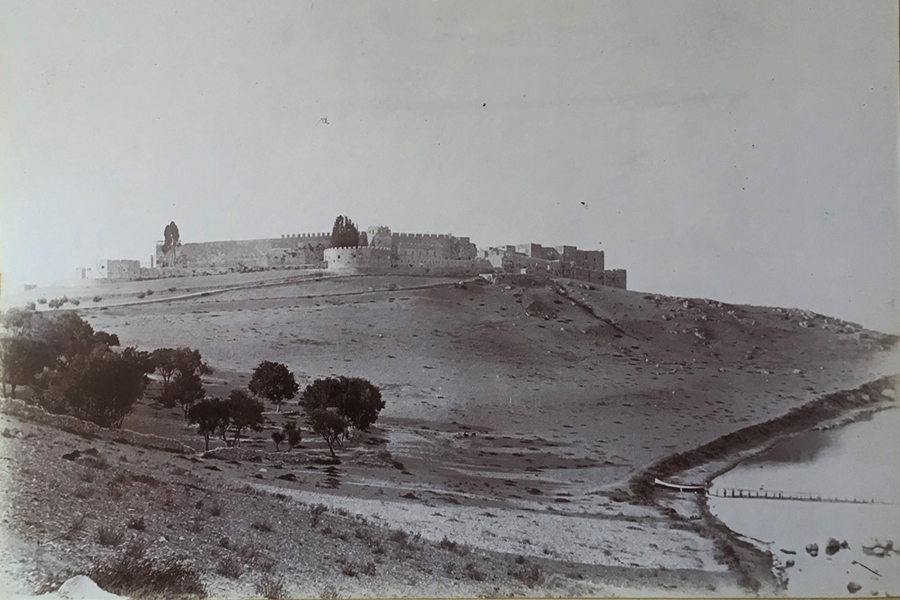
Uncaptioned - Castle of Mytilini - furter info:
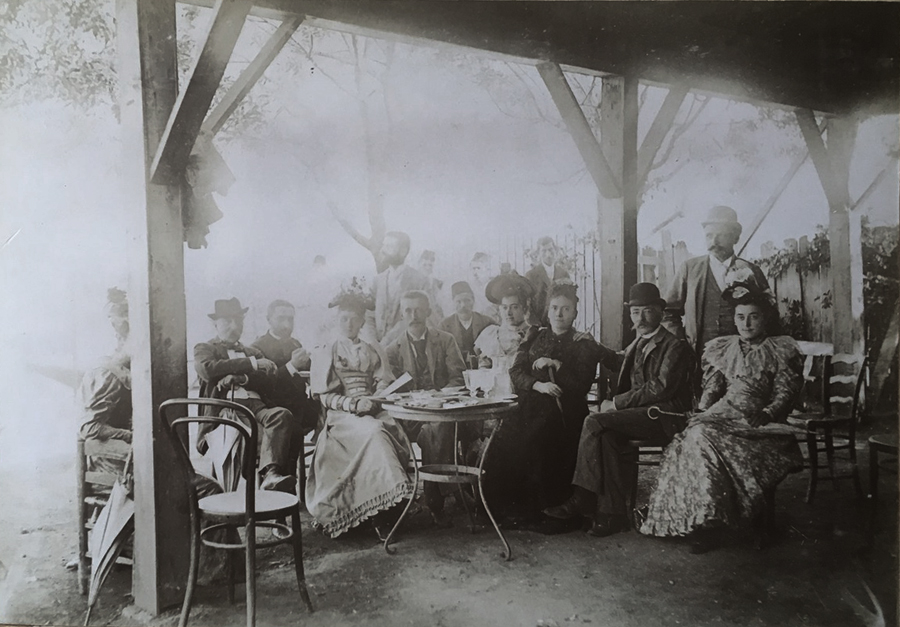
Uncaptioned
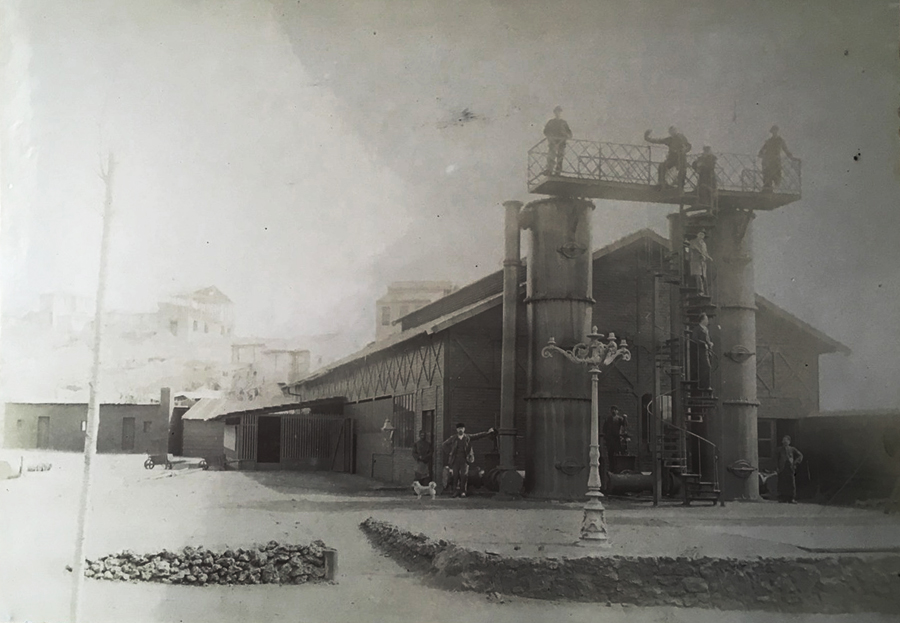
Uncaptioned - appears to show a factory, perhaps one to create coal gas? According to the researcher Osman Öndeş this is likely to be the gas works at Kadıköy/Hasanpaşa established in 1892 by the Frenchman Charles George and his team to provide the gas needs on the Asiatic bank of the city - the quarter used to be known as ‘gazhane’. The operating concession of the gasworks was given to the engineer Charles George, a Parisian industrialist for 50 years, on August 1, 1891. The operating contract of Hasanpaşa gasworks, which was put into service in 1892, was renewed for 50 years in 1924. The renamed Kadıköy-Üsküdar and Anatolian Side Gas Company also bought the Yedikule gasworks in 1926. This company later sold its operating concessions and facilities to the Istanbul Electric Company in 1931. However, after the nationalization of the Istanbul Electricity Company, the gas company left and continued its activities independently between 1937-1944. However, this loss-making company was then acquired by the state. It is possible Alfred Gravier was involved in this concern as a photo features in this album. The remains of the gasworks still stand and is currently being restored and will be converted to a cultural centre - view images:
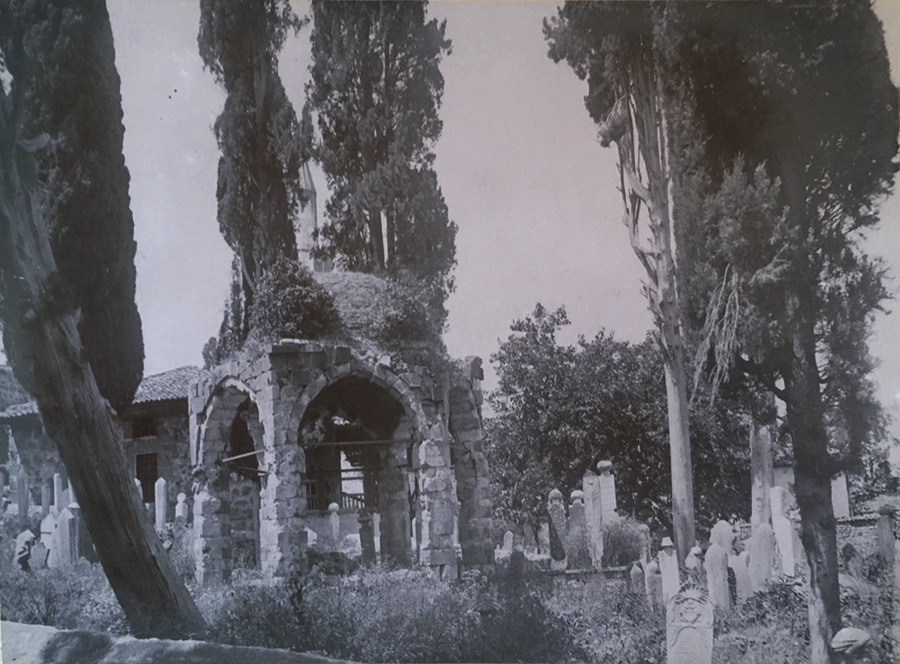
Captioned ‘Turkish cemetery in Yebul (sp?)’
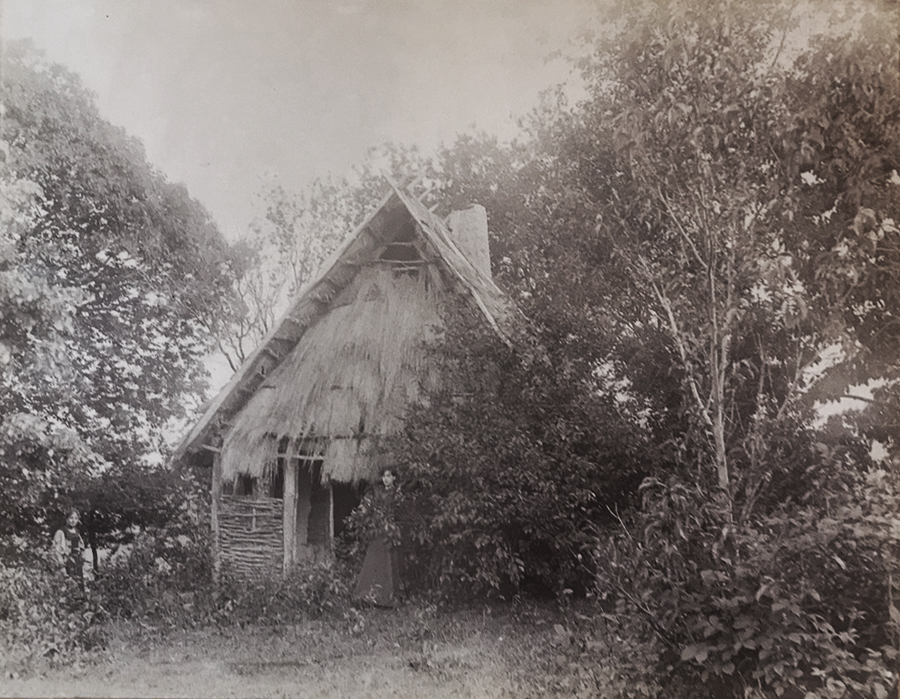
Captioned ‘?’
